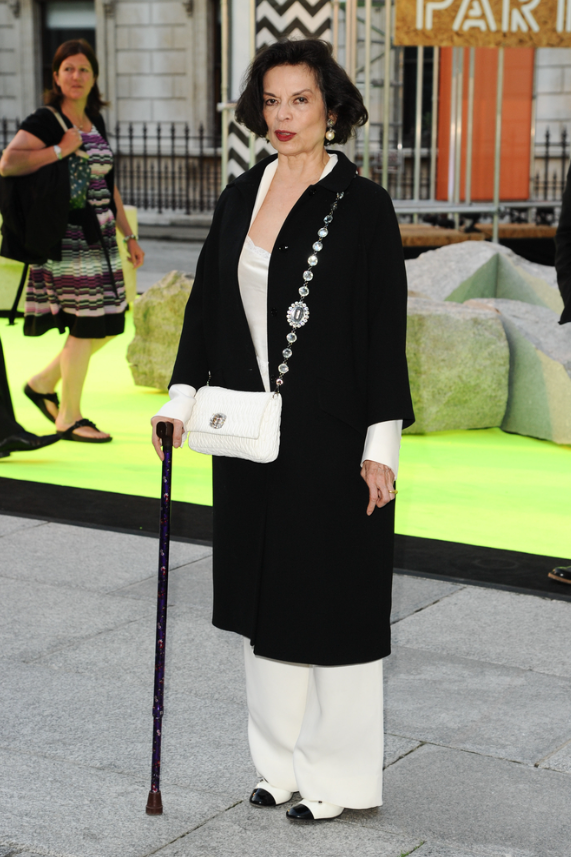
An orphan colt whose mother died shortly after giving birth has a new mom – a mare that had tragically lost her foal – thanks to the generosity of strangers and Washington State University veterinarians playing matchmaker.
Pairing an orphan foal and a nursing mare is a challenging task and one that commonly ends with failure. In this case, the connection was instantaneous.
“The mare had only been without a foal for about 24 hours,” Dr. Lisbeth Matthews, an equine medicine and surgery intern, said. “We walked her into the Veterinary Teaching Hospital and past him. He made a noise, and she went, ‘oh, there’s my foal,’ and started making noises back at him.”
It was a surprise to everyone how quickly the mare, named Shelly but affectionally called Mama by her owners, Roy and Faye Lions, accepted the colt. Equine veterinarian Jenifer Gold, who was helping to care for the foal and to supervise its introduction to the mare, said nursing mares frequently reject orphan foals, and when they don’t, the pairing process often takes days.
“She walked in and started nickering at him like it was her own baby – it was unbelievable,” Gold said. “I’ve been doing this for 20 years, and I have never seen it happen that way.”
The foal, which has been named Laredo, was admitted to the teaching hospital by his owner, Spokane resident Rachel Williams, just days after he was born when he started showing troubling digestive issues. Shortly after the colt arrived in Pullman, Faye Lions placed a call to WSU to see if the equine team was aware of any orphan colts needing a nursing mare.
“Our foal was dead, and nothing was going to bring it back, so we were hoping we could help someone else,” Faye Lions said. “It just so happened there was a foal there.”
A day later, the colt and Shelly were introduced.
“For them to be so willing to basically hand over their animal to a complete stranger after experiencing their own tragedy was pretty phenomenal,” Williams said. “I feel like in this scenario it was the worst of the worst for everybody, but there was a little bit of silver lining to the story.”
Williams is also grateful for the care and treatment she and her foal received at WSU.
“I just can’t even find words to say how great the veterinarians at WSU were,” she said. “They went above and beyond. I am just happy I ended up at WSU. I am so glad we were able to match those two up – it is kind of a miracle.”
Shelly will live with Williams until the colt is ready to be weaned, likely in six months, before she will return to her home in Kamiah, Idaho.
“It will be tough to say goodbye because you just naturally start to bond with animals, and she has kind of been my lifesaver,” Williams said. “It will be bittersweet for sure, but I am sure her owners will be happy to have her back.”
During the spring, the equine team at WSU typically sees at least a handful of orphan foals. Equine medicine specialist Dr. Macarena Sanz said orphan foals can be fed a powdered milk formula designed for horses, but those raised by humans typically develop behavioral issues that can become problematic as the animal matures.
“They turn out to be socially weird, have no understanding of personal space, and they are more difficult to train,” WSU equine veterinarian Macarena Sanz said. “The fact that this orphan foal has a mare is really going to make a difference.”
Sanz strongly encourages owners to immediately call their veterinarian if a foal is orphaned, as early care is critical to the animal’s survival.
Mick Jagger and Bianca’s Divorce in 1978: A look back after 46 years

Mick Jagger is famously known for his romantic escapades, but during the 1970s, his marriage to his first wife, Bianca, captured significant attention. Curious about what Bianca is up to these days?
The Rolling Stones, established in 1962, have become an iconic presence in rock music. At 80, Mick Jagger remains a legendary figure, further cemented by being knighted by Queen Elizabeth II two decades ago.

Co-founding the band alongside Brian Jones, Charlie Watts, and Keith Richards, Jagger has seen many changes over the years. With Watts passing away in 2021 and Jones no longer with the band, the current lineup includes Jagger, Richards, and bassist Ronnie Wood, 76. They continue to tour and recently released “Hackney Diamonds”, their first album of new material in 18 years, featuring collaborations with stars like Paul McCartney, Stevie Wonder, and Lady Gaga.
Over the past six decades, Jagger’s fame has kept his personal life in the limelight, especially with his eight children. His eldest daughter, Karis, was born in 1969, and his youngest, Deveraux, was born in December 2016.

Mick married Bianca Pérez-Mora Macías in 1971 in a star-studded ceremony in Saint-Tropez. They welcomed their daughter, Jade, who is now 52 and known for her work in interior and jewelry design. Bianca became a socialite and was often in the news, notably for a legendary story about arriving at her birthday party on a white horse at Studio 54. She later clarified that it was a surprise orchestrated by Steve Rubell, co-founder of the club, inspired by a photo of her on a horse in Nicaragua.

While both Jagger and Bianca had affairs during their marriage, it ultimately led to their separation. Bianca filed for divorce after Mick briefly dated model Jerry Hall. Their divorce was finalized in 1978, with Bianca receiving a settlement of $1.2 million, as reported by New York Magazine. Reflecting on the split, she expressed to The Guardian that it felt like a failure, stating: “I was brought up Catholic, to believe that marriage is for life. And we failed”.
After her marriage ended, Bianca shifted her focus from partying to activism, championing the rights of vulnerable individuals through Amnesty International. Her efforts earned her the Right Livelihood Award, often referred to as the “alternative Nobel Prize”, in 2004 for using her fame to advocate for those in need.

Today, Mick Jagger is in a committed relationship with American choreographer Melanie Hamrick, 36. They have been together for a decade and share a son. Are you aware of Bianca Jagger’s remarkable humanitarian efforts? Share your thoughts in the comments! Feel free to pass this article along to anyone interested in where these rock legends are now!



Leave a Reply